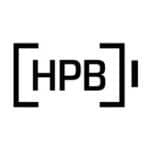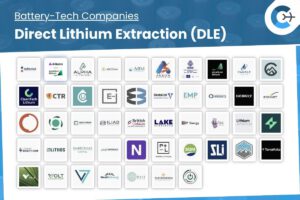Industrial Energy Efficiency Networks (EENs) are emerging as a powerful tool for both governments and manufacturers to accelerate energy savings, reduce costs and strengthen resilience. By facilitating peer-to-peer knowledge exchange, these networks help companies overcome barriers to implementing efficiency measures—barriers that often appear insurmountable in isolation but have already been addressed by peers.
Evidence from across Europe shows the impact of EENs. A Swedish network operating from 2014 to 2018 achieved greater efficiency gains than standard energy audit programs. In Germany, 94% of 3,000 participating firms would recommend network participation, and over 80% reported adopting new, previously overlooked efficiency measures.
When governments support or co-design these networks, the results can be even more pronounced. Ireland’s Large Industry Energy Network, founded in 1995, now includes more than 200 members accounting for nearly 20% of the country’s primary energy use. In 2022, participants reported annual savings of 780 GWh and cost reductions of €58 million, alongside emission cuts ranging from 2% to 10%. In the United States, the Department of Energy’s Better Plants program engages 270 manufacturers across 3,700 facilities, driving cumulative energy savings of 820,000 GWh and $14.1 billion in cost reductions since 2009.
Success extends to emerging markets as well. Nigeria’s EEN, which began in 2016 with five companies, now spans over 30 firms and has delivered roughly NGN 280 million in annual cost savings. In Vietnam, a network covering both buildings and industry counts more than 17,000 companies and 600 associations among its members.
Beyond energy savings, industrial EENs support broader policy goals—enhancing energy security, creating jobs and improving asset values. To maximize impact, best practices include active government engagement, targeted network design aligned with policy priorities, clear energy-savings targets, robust monitoring and verification, early data-sharing frameworks, and collaboration with chambers of commerce and non-profits. Sharing lessons across these networks can further accelerate innovation and drive stronger policymaking.
Source: IEA Commentary
















